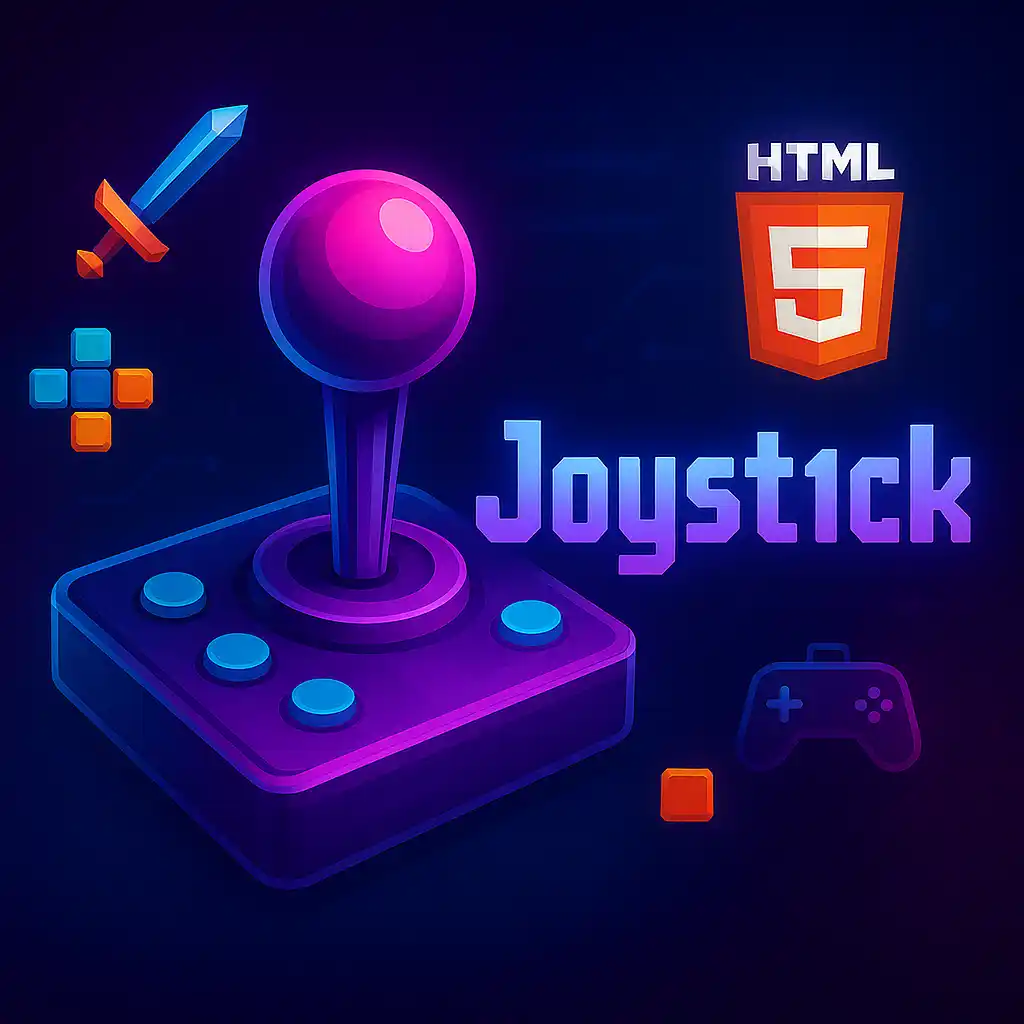Table of Contents
Who this is for: Aspiring game developers interested in creating rhythm games, FNF fans wanting to build their own musical experiences, and indie developers exploring 2D game mechanics.
Ready to jump in? Play friday night funkin games and experience the addictive rhythm gameplay that inspired developers worldwide.
Play free games on Playgama.com
Choose Your Game Engine
The foundation of any Friday Night Funkin-style game starts with selecting the right engine. HaxeFlixel is the original choice used by the FNF developers, offering excellent performance for 2D rhythm games. For beginners, GDevelop provides a visual scripting interface that makes creating rhythm mechanics much more accessible without deep coding knowledge.
Unity works well if you’re comfortable with C# and want more flexibility for future features. Python developers often choose Pygame for rapid prototyping, though it requires more manual work for audio synchronization.
Core Rhythm Game Mechanics
The heart of FNF lies in its note-hitting system. You’ll need to create a timing engine that spawns notes at precise intervals matching your music’s BPM. Each note should travel down the screen at a consistent speed, with hit detection zones that register player input within acceptable timing windows.
Implement different accuracy levels – “Sick,” “Good,” “Bad,” and “Miss” – each affecting the player’s score and health differently. The health bar mechanic adds tension by draining when you miss notes and filling when you hit them accurately.
Audio Integration and Synchronization
Perfect audio sync separates good rhythm games from frustrating ones. Load your instrumental track and vocal track separately, allowing you to control when vocals play based on player performance. Most engines require you to account for audio latency – test extensively on different devices to fine-tune your timing offsets.
Consider implementing audio visualization elements like waveform displays or beat detection to help players anticipate upcoming notes.
Character Animation and Art Style
FNF’s distinctive pixel art style uses frame-by-frame animation for character expressions and movements. Create idle animations, singing poses, and miss reactions for both the player character and opponent. Each character needs multiple animation states that trigger based on game events.
Design your UI elements with bold, contrasting colors that remain visible during intense gameplay moments. The arrow keys and note designs should be immediately recognizable even in your peripheral vision.
Chart Creation and Level Design
Charting – the process of placing notes to match the music – requires both musical knowledge and gameplay intuition. Start with simple patterns that follow the melody or bass line, then gradually introduce more complex combinations.
Use tools like FNF Chart Editor or create your own system for placing notes. Good charts balance challenge with fairness, avoiding spam patterns that feel impossible rather than skillful.
Testing and Polish
Rhythm games demand extensive playtesting across different skill levels. What feels easy to you as the developer might be overwhelming for newcomers. Implement difficulty settings by adjusting note speed, density, or timing windows rather than just adding more notes.
Add visual feedback for successful hits, screen shake effects, and particle systems to make every interaction feel satisfying. Small details like these transform a functional rhythm game into an engaging experience that players want to master.
Ready to experience the rhythm game magic that inspired countless creators? Try out the original that started it all and see these mechanics in action.
TL;DR
Create FNF-style games using engines like HaxeFlixel or GDevelop, focusing on precise audio sync, note-hitting mechanics, character animations, and well-designed charts that balance challenge with fairness.
